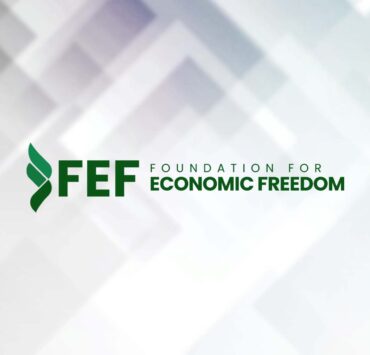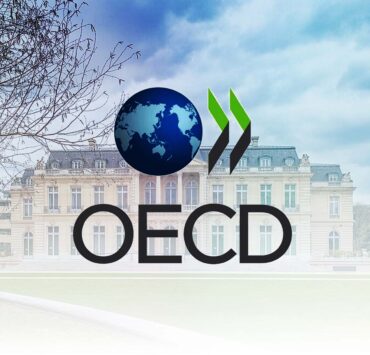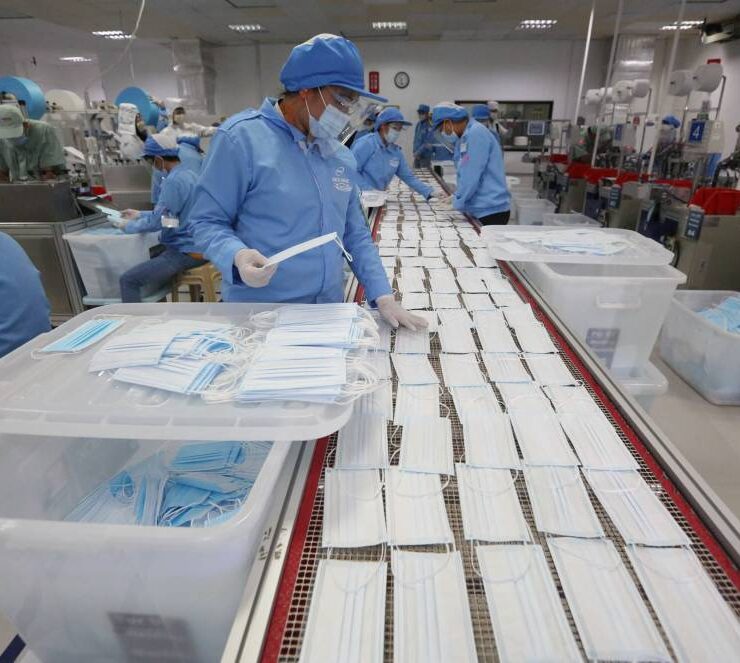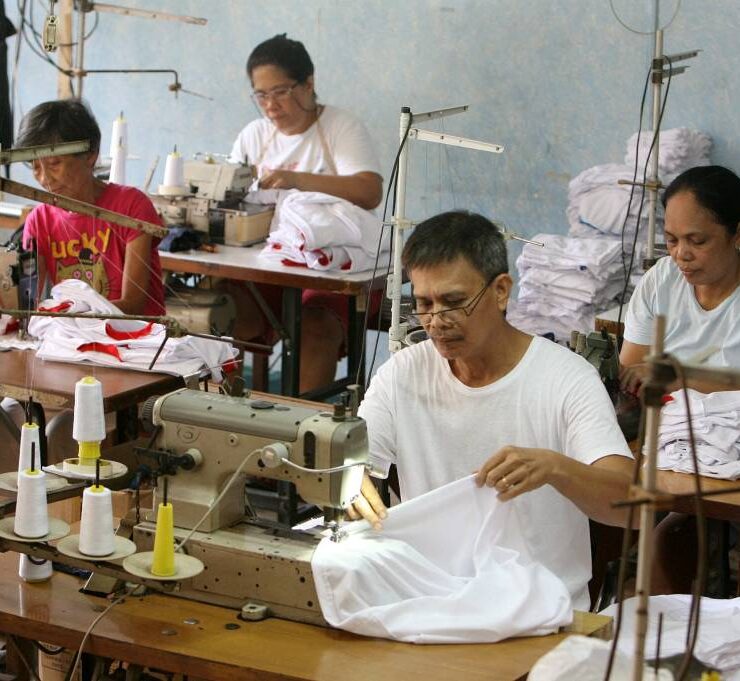Factory output slightly up in August as US tariff kicked in
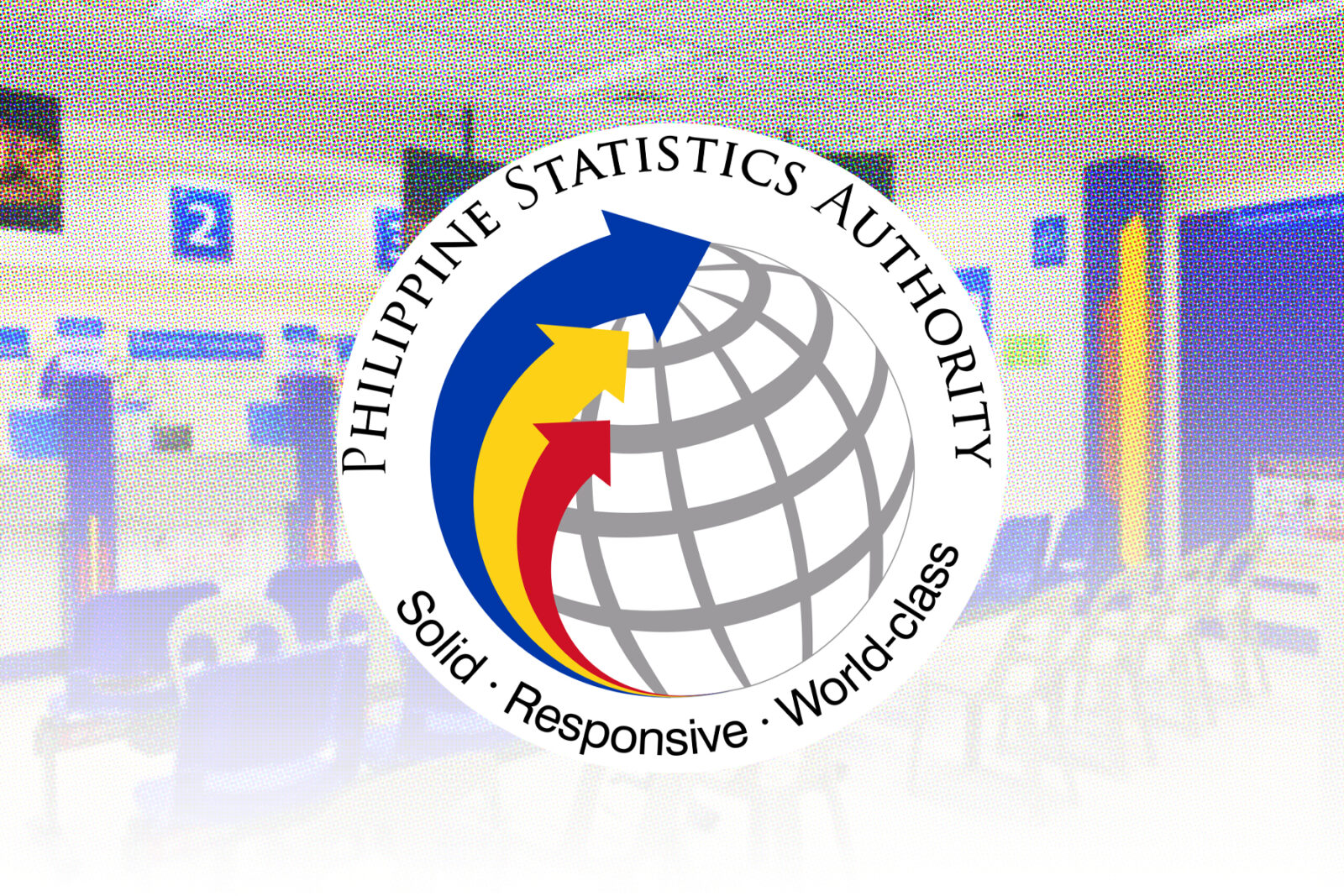
Factory output rose in August—the first month under higher US tariffs—suggesting that expectations of firmer demand ahead of the holiday season helped sustain domestic activity and offset persistent global trade headwinds.
Data from the Philippine Statistics Authority (PSA) showed that the volume of production index, which tracks manufacturing output, had increased by 1.4 percent year-on-year, reversing a 1.8-percent contraction in July.
The rebound was driven mainly by food manufacturing, which expanded 20.2 percent from 11.4 percent a month earlier. Basic metals also provided support, narrowing their annual decline to 9.6 percent from 26.8 percent in July.
Production of machinery and equipment likewise strengthened, rising 6.7 percent year-on-year after a 3.1-percent drop in the previous month, pointing to a broader improvement across key industrial segments.
This, in turn, lifted the average capacity utilization rate in the manufacturing sector slightly to 77.3 percent in August from 77.2 percent in July.
“As the holidays draw near, the orders for various seasonal items have begun to pile up,” Leonardo Lanzona, an economist at Ateneo de Manila University, said. “Production of this magnitude is expected for the rest of the Christmas season.”
‘Modest recovery’
John Paolo Rivera, a senior research fellow at the Philippine Institute for Development Studies (PIDS), said the August data reflected a “modest recovery” in industries such as food manufacturing and possibly export-aligned electronics, which tend to show resilience even amid external shocks.
“This uptick came despite higher US tariffs, suggesting some delayed impact or offsetting domestic demand. It may also signal inventory restocking or catch-up from July’s contraction,” Rivera added.
But the outlook looked bleak based on advance estimates by S&P Global.
S&P reported that the country’s Purchasing Managers’ Index (PMI)—another barometer of manufacturing health—fell to 49.9 in September from 50.8 in August. Any reading below 50 indicates a decline in activity.
It was only the third time in more than four years that the index had slipped into contraction, a downturn S&P described as “highly unusual” given the sector’s steady momentum since the pandemic.
The weakness contrasted sharply with the broader region, where the Asean PMI rose to 51.6—a 14-month high. Only the Philippines and Malaysia, whose index eased to 49.8, recorded deteriorating conditions.
Companies surveyed by S&P mentioned a fall in client numbers and a modest drop in production from the suspension of rice imports.
“Outlook remains cautious. Persistent global trade uncertainty, especially with tariffs and geopolitical risks plus local cost pressures (fuel, logistics, input costs), could temper further expansion,” PIDS’s Rivera said.
“Sustained growth will depend on stronger domestic demand, easing inflation and policy support for manufacturing competitiveness,” he added.














